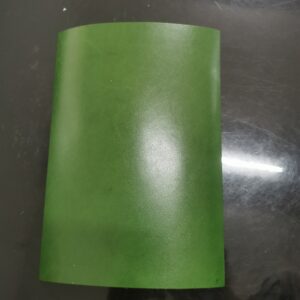The Environmental Advantages of Vegetable-Tanned Leather
Introduction
Vegetable-tanned leather, also known as植鞣革牛皮, is a type of leather that has been processed using natural plant tannins, primarily from tree bark, fruits, and leaves. This traditional method of tanning offers several environmental advantages over other methods, making it an attractive choice for eco-conscious consumers and manufacturers.
What is Vegetable-Tanned Leather?
Vegetable-tanned leather is a natural and traditional form of leather processing that uses plant-derived tannins to convert rawhide into a durable and long-lasting material . Unlike chrome-tanned leather, which uses synthetic chemicals, vegetable-tanned leather relies on natural ingredients, resulting in a product that is free from harmful substances such as heavy metals, benzene, and phenols .
Environmental Advantages of Vegetable-Tanned Leather!!!
1. Natural Ingredients:
The use of plant-based tannins means that vegetable-tanned leather contains only natural components derived from plants and animals, making it a more sustainable and eco-friendly option compared to leathers that use chemical tanning agents .

2. Reduced Pollution:
The production process of vegetable-tanned leather results in less environmental pollution. It does not involve the use of harmful chemicals that can contaminate water sources and harm ecosystems, as is the case with some chemical tanning processes .
3. Biodegradability:
Vegetable-tanned leather is more biodegradable than chrome-tanned leather, which means it breaks down more easily after disposal, reducing its environmental impact .
4. Absence of Harmful Residues:
Since vegetable-tanned leather does not contain harmful residues such as heavy metals or aromatic compounds, it is safer for consumers and does not contribute to the bioaccumulation of toxins in the environment .
5. Sustainable Resource Management:
The plant materials used for tanning are renewable and can be sustainably managed, unlike non-renewable chemical sources used in other tanning methods .
Conclusion
Vegetable-tanned leather stands out as a sustainable alternative in the leather industry due to its natural composition, reduced environmental pollution, and biodegradability. As consumers become increasingly aware of the environmental impact of their purchases, the demand for eco-friendly products like vegetable-tanned leather is likely to grow. This traditional method of tanning not only preserves the natural characteristics of the leather but also aligns with modern values of sustainability and environmental stewardship.



